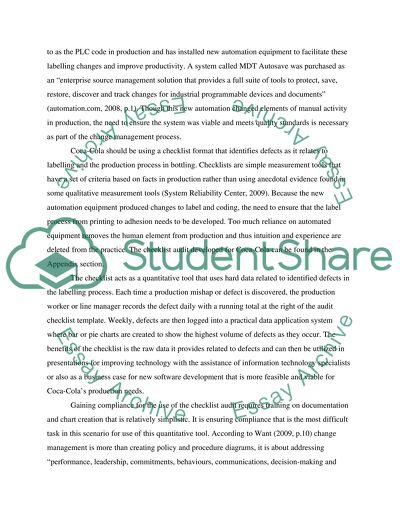Cite this document
(“Performance Evaluation (Quality) Essay Example | Topics and Well Written Essays - 3500 words”, n.d.)
Retrieved from https://studentshare.org/literature/1426915-performance-evaluation-quality
Retrieved from https://studentshare.org/literature/1426915-performance-evaluation-quality
(Performance Evaluation (Quality) Essay Example | Topics and Well Written Essays - 3500 Words)
https://studentshare.org/literature/1426915-performance-evaluation-quality.
https://studentshare.org/literature/1426915-performance-evaluation-quality.
“Performance Evaluation (Quality) Essay Example | Topics and Well Written Essays - 3500 Words”, n.d. https://studentshare.org/literature/1426915-performance-evaluation-quality.


